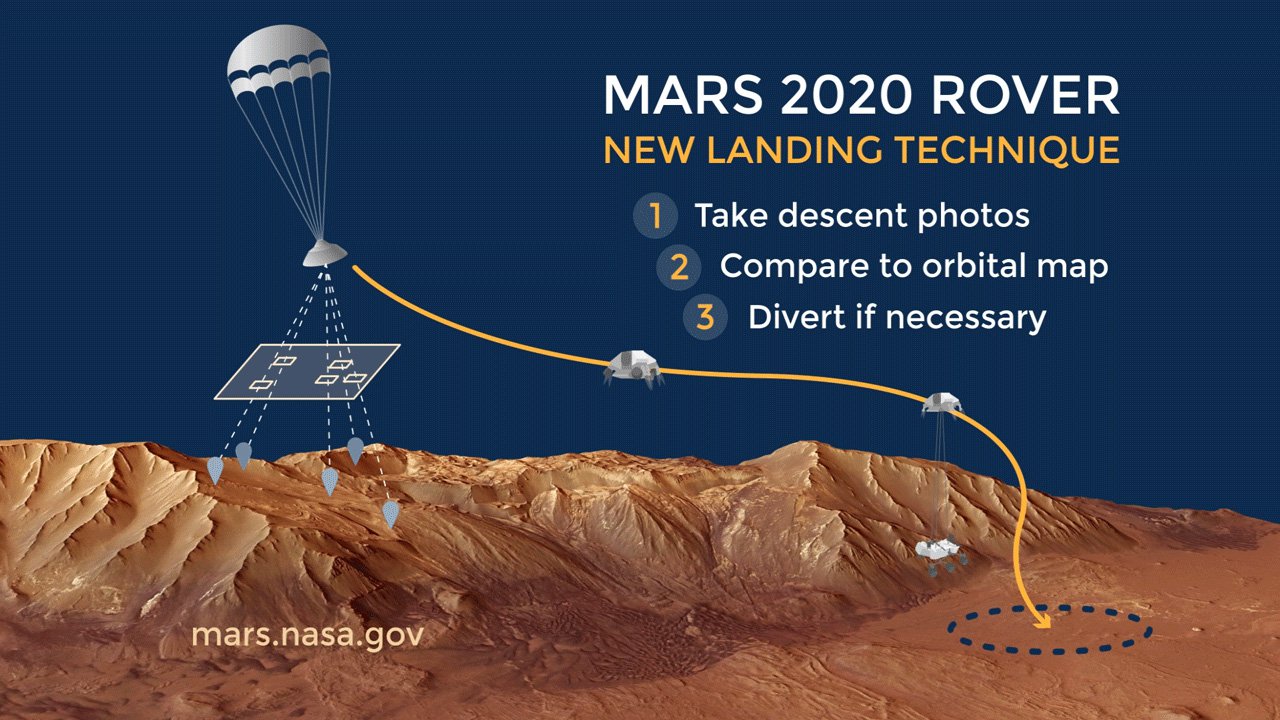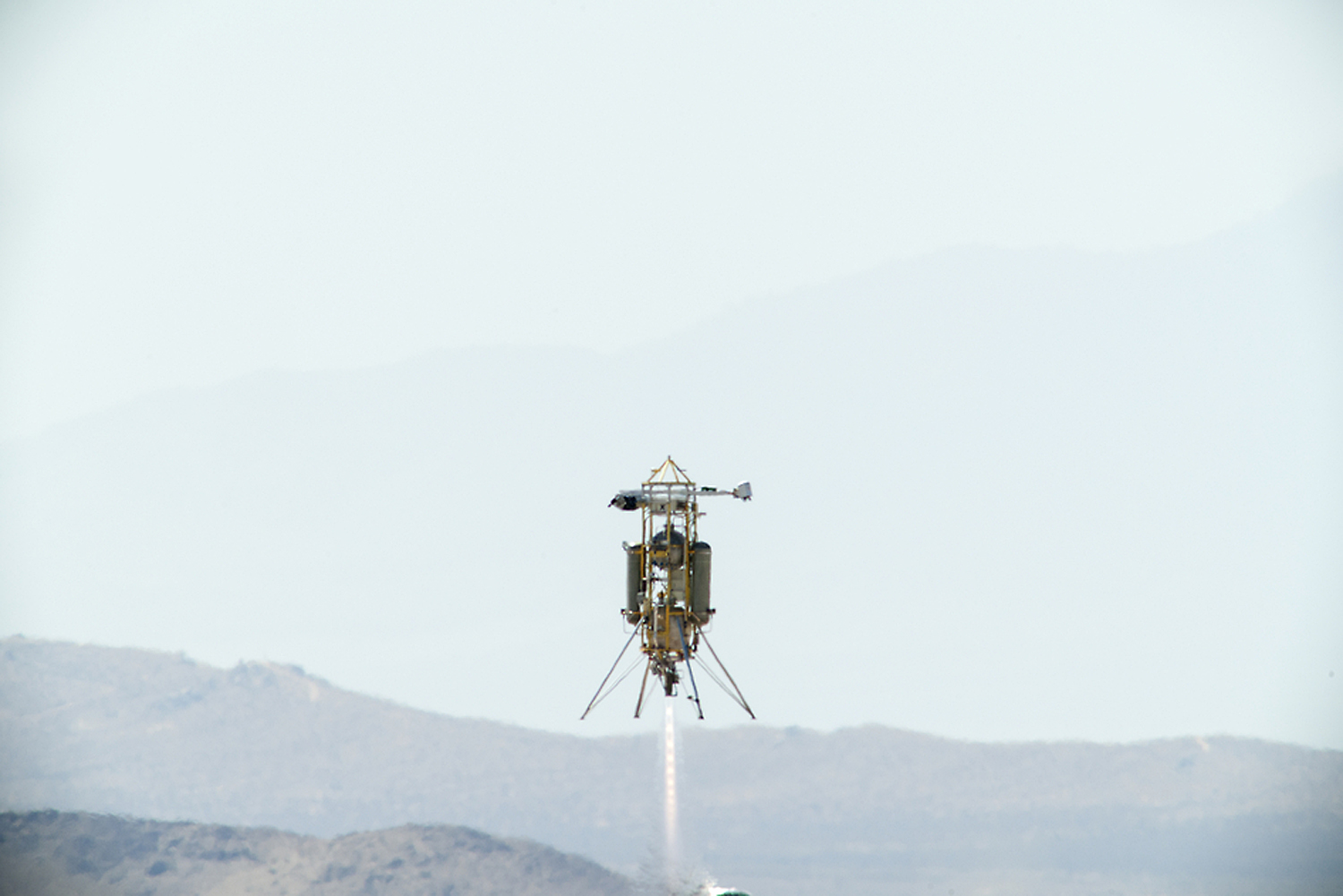To casual observers, landing a rover on Mars can seem kind of like old news, believe it or not. Especially after all of NASA’s successes. But many are likely not aware of the so-called ‘Mars Curse.‘ The fact is, many of the spacecraft that attempt to land there fail and crash.
Next to run the gauntlet of the Mars Curse is NASA’s Perseverance rover. It’ll attempt its long-awaited landing at Jezero Crater on February 18th. The people at NASA have given the Perseverance rover some finely-tuned tools to get it to the Martian surface safely and to beat the Mars curse.
Continue reading “Perseverance Will Make Sure it has a Safe Landing”

